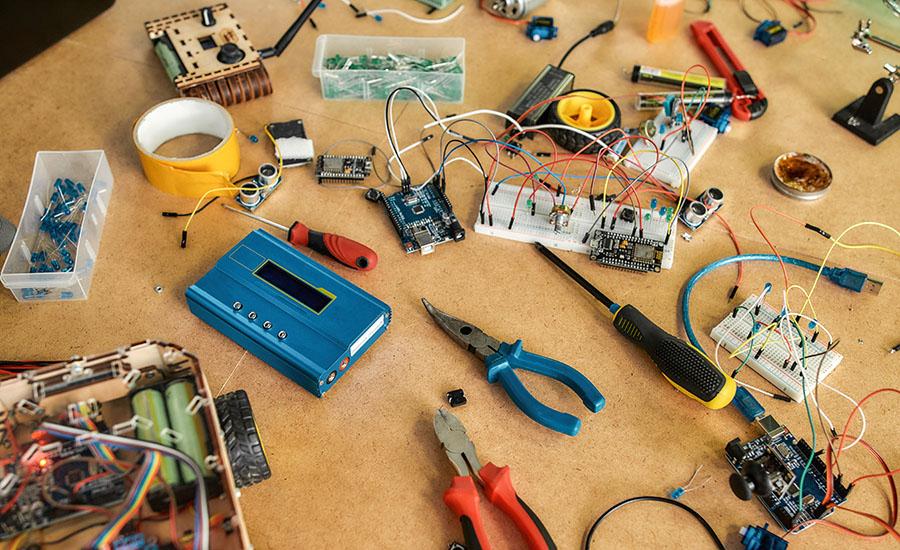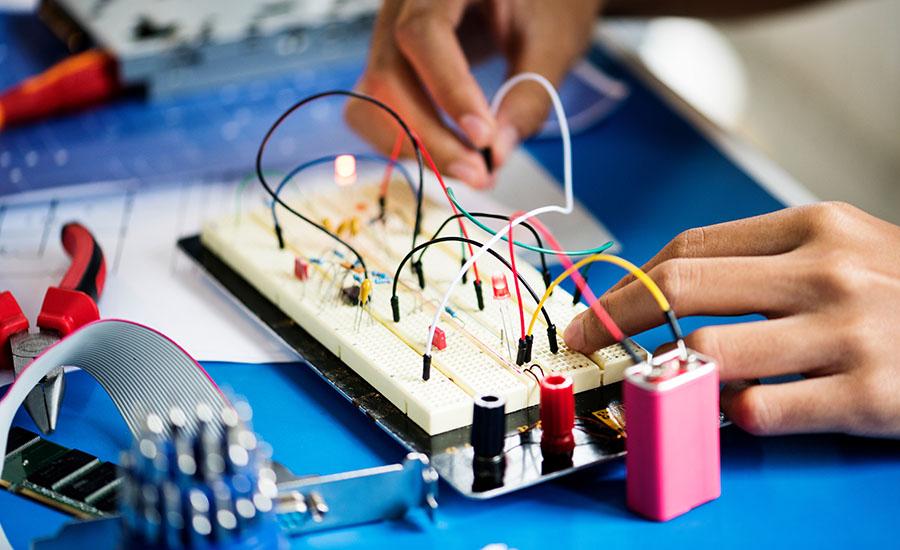
Electrical Energy
by Victoria Rackley
In this lesson plan, high school students will explore the concepts of AC and DC currents through hands-on experimentation. The lesson begins with a brief discussion on the fundamentals of alternating current (AC) and direct current (DC), highlighting their differences and common applications. Students will then form small groups and use a digital multimeter (DMM) to measure and compare the outputs of both AC and DC generators. Each group will connect their generators to an LED and a battery, observing how the LED lights up differently with each type of current. They will use the DMM to measure voltage and current, recording their findings and analyzing the efficiency and behavior of the circuits. This practical activity will reinforce theoretical knowledge, allowing students to visualize and understand the real-world implications of AC and DC currents. The lesson will conclude with a discussion on the advantages and disadvantages of each type of current in various applications, such as household electricity and portable electronic devices.
Lesson Plan Link/URL
https://docs.google.com/presentation/d/1-qQgh8jKh60QYWfe_WD_5yNa4BgxiJLp/edit?u…Related Content

Grades:
9th Grade, 10th Grade, 11th Grade, 12th Grade
In this lesson, students will explore the key physics principles that govern the design and operation of street lighting systems. Through a hands-on engineering design challenge, students will apply

Grades:
7th Grade, 8th Grade, 9th Grade, 10th Grade, 11th Grade, 12th Grade
The purpose of this project is to have students use their knowledge of series and parallel circuits to create an electronic greeting card or an electronic game. This lesson should be given after

Grades:
7th Grade, 8th Grade, 9th Grade, 10th Grade, 11th Grade, 12th Grade
The students in this lab activity will play a competitive game with a small bouncy ball. The students will analyze the motion of the ball and apply projectile motion concepts. This activity requires